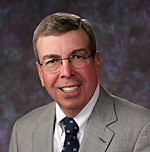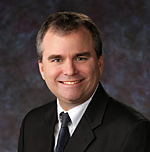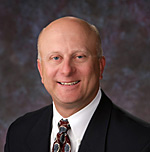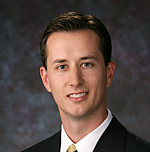Catastrophic Risk Assessment 21st Century Style
In California, where 2,000 faults produce more than 102 quakes a day and fires blaze across dozens of square miles and threaten thousands of homes, catastrophic risk assessment is an important focus of the insurance industry. Historic earthquake patterns as well as advances in technology are helping insurers make more accurate risk assessments. Our Riverside insurance litigation attorneys are dedicated to the interests of insurers and stay abreast of the regulatory and policy changes that impact the insurance industry.
Risks reshape the insurance industry
Consumers in California bought very little earthquake insurance before the 1971 San Fernando quake. By 1985, homeowner insurers were mandated by law to offer earthquake coverage, as well. Severely underestimated losses followed the 1994 Northridge Earthquake, the costliest earthquake in United States history. In 1995, fearing that their claims-paying resources would quickly be exhausted by another such earthquake, 93% of homeowner insurers either refused to write new homeowner policies or severely restricted the coverage that they offered. This, in turn, threatened the well-being of the California housing market. In 1996, the California Earthquake Authority (CEA), a privately financed but publicly managed insurance provider, opened its doors. As of 2009, three quarters of homeowner insurers participated in this fund, writing some 800,000 policies.
The technological advancements
Accurate risk calculation is the key concern of every insurer and reinsurer. In terms of quakes, the question is when and where the next quake will strike and how hard it will hit. The technological advancements used to make these predictions include:
- Catastrophe modeling that uses a wide array of advanced technological tools to make predictions that are based on probabilities
- Global Positioning Systems that can now detect measurable deformations of the earth that are caused by increased pressure at the depths of a fault line
- Light Imaging and Detection Radar that is used to measure the rate at which two sides of a fault move past one another over a long period of time — the slip rate — which suggests the possible occurrence of future quakes
- Ground motion patterns in large quakes that are detected by digital seismic recorders and are used to construct computer-generated ground motion simulations that afford a glimpse into potential shaking and damage patterns
The human factor
With all of this technology, one would think that insurers and reinsurers who need to price risks and evaluate their exposure could breathe a collective sigh of relief. However, catastrophe modelers warn that all of this information merely establishes probabilities — not definite outcomes. In addition to technology, many companies rely on the knowledge and experience of “low-tech personnel” who make expert, satisfactory calculations without relying on computational models. Unfortunately, many of these “old timers” are baby boomers who are retiring and leaving a sizable gap in the company’s human knowledge base.
San Bernardino County insurance litigation lawyers help insurers with company transactions, including restructuring business units and strategizing to limit the insurer’s exposure to liability.
The firm of Schlecht, Shevlin & Shoenberger, A Law Corporation, is a statewide leader in insurance law, staying on the cutting edge of all developments in the field. We litigate on behalf of insurance companies and advise them about regulatory changes , as well as provide business transactional services.







